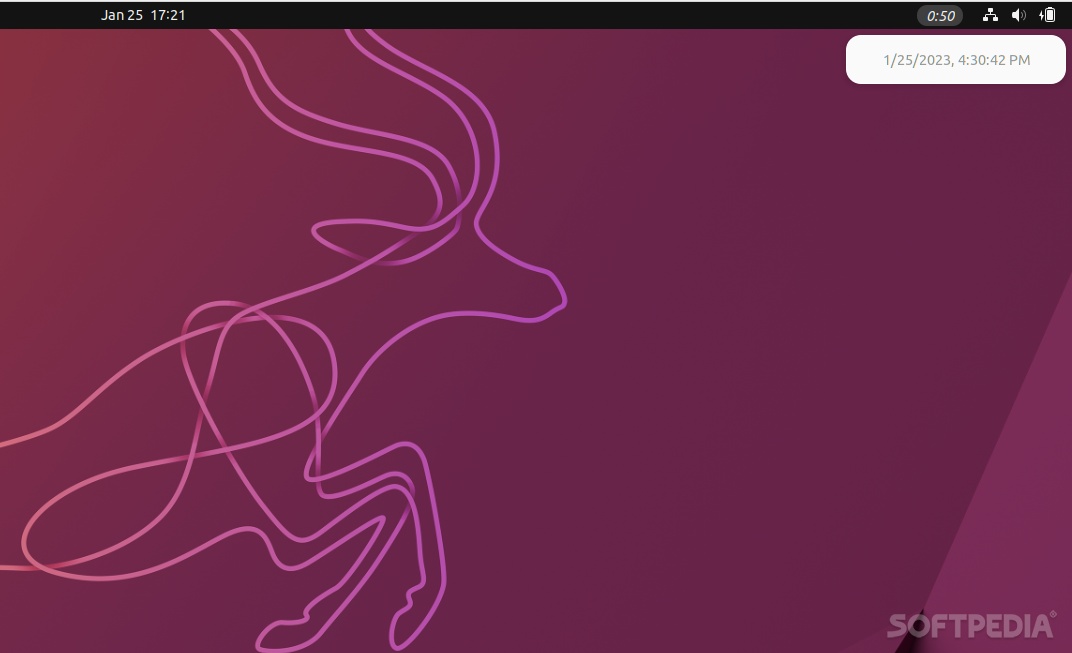

Despite their size, GNOME Shell extensions are a major part of the whole GNOME experience, at least for some users. Their super power is that they tend to add a lot of value to the whole ecosystem, therefore improving one’s user experience with GNOME.
Take Uptime Indicator, for example. It’s a simple, free, and open-source GNOME Shell extension that lives in the status area/top bar, and indicates the date and time your system started. That’s it.
Is that really it?
As expected, there’s no hidden functionality and no impressive reason why Uptime Indicator exists. It doesn’t even have a Settings section because, well, it doesn’t really need it.
It’s just a simple extension that when clicked, it displays a popup menu (compact GUI) that exactly the time at which your computer started. It’s a great little extension to have around if your computer is running a server, for instance, as it allows you to see exactly how long your computer is running for. It can also be used as a sort of break reminder app.
What else can you do with it?
Well, since it’s open-source, with a bit of coding knowledge you could make it better suited for your work style. For instance, you could edit the code and modify its default position from the right side of the top panel, to the left side.
To conclude, Uptime Indicator is a prime example of what a good GNOME Shell extension is. Sure, it’s as simple as they come, and there are no customization options, but the fact still remains that it works exactly as intended, and does exactly what it says on the tin.
Uptime Indicator is a useful little GNOME extension that displays your system’s uptime, and even displays the exact time at which your computer’s system started.
